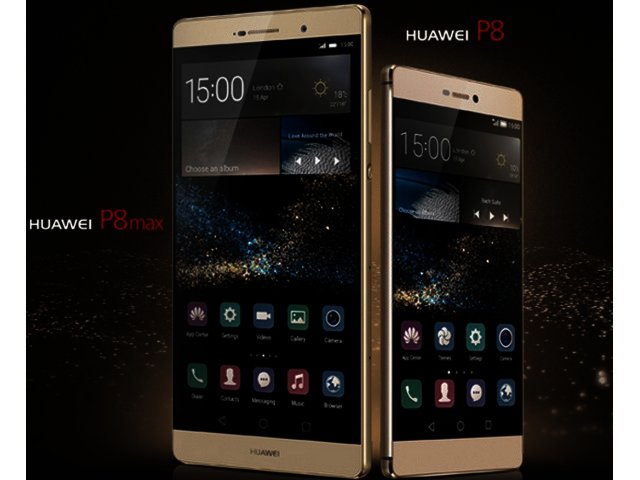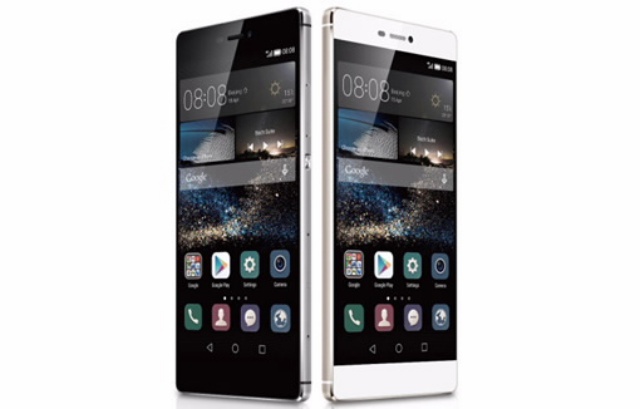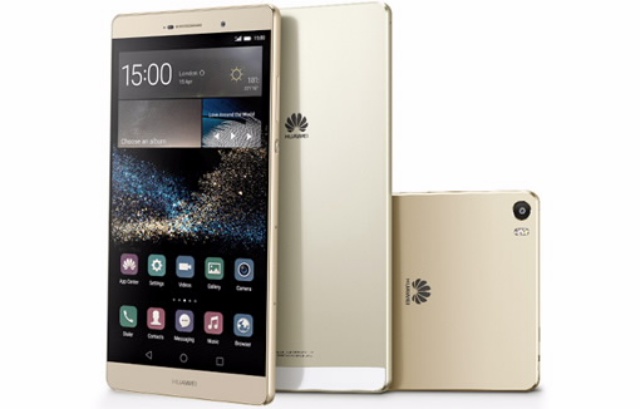Huawei impresses with P8 and P8max unveilings
By Robin-Leigh Chetty 16 April 2015 | Categories: news
In what could turn out to be a rather savvy move, Chinese manufacturer Huawei did not use this year's Mobile World Congress event to debut any flagship smartphone devices, like many of its competitors did. Instead, London played host to Huawei's most significant unveiling of 2015 so far, as the new P8 and P8max made their official debuts. As such, both devices got their time to shine, and should how far the company has come in recent years.

Building momentum
With a strong background in telecommunications, Huawei's reputation as a solid device manufacturer is building momentum. We've reviewed a number of devices in recent months, and being impressed by each. The Ascend P7 (review) certainly stands out, as it had a great mix of both powerhouse specs and a wallet-friendly price. Based on last night's event, the P8 and P8max could definitely do the same.

Now for the nitty gritty, what are these two devices packing? Let's start with the smaller of the two - the P8. It may be smaller than its big phablet brother, but the P8 is undoubtedly Huawei's flagship. It also marks a significant step up in design materials and overall aesthetic, as it is the first Huawei P-Series device to feature an all aluminium unibody case. Some may say that there is far too much similarity to the iPhone 6, but the same could be said of the Sony Xperia Z3 (review) and Samsung Galaxy S6.
Flagship hallmarks
Up front we've got a 5.2" IPS-Neo display (1080x1920) that registers a reported 424 ppi pixel density. It also incorporates an interesting feature named Knuckle Sense, allowing users to use their knuckles to operate the device, if their fingers are otherwise indisposed. Internally, Huawei has followed the current flagship trend and utilised an octacore Kirin 935 chipset, which is split between a quad-core 2GHz cortex-A35 and quad-core 1.5 GHz cortex-A53 CPUs. According to Huawei, this will allow the P8 to partition processing tasks more effectively.

Baring all the hallmarks of flagship device, the camera is where Huawei wants the P8 to distinguish itself. It's listed as a 13 MP one, which may seem a little less compared to other devices'(Galaxy S6 touts 16 MP version), but Huawei says the added OIS will outperform its rivals.
Bigger brother
Now we get to Huawei's other announcement from last night, which caught a few by surprise. The P8max is Huawei's much larger phablet, 6.8" (1080x1920) to be more precise. A lot of Huawei's marketing on the night referenced the word "pocketable", but having put Hisense's 6.8" Infinity Maxe X1 (review) to the test, we'll have to get our hands on it before we believe it. That said, the P8max is quite thin for a phablet at 6.8 mm, and features some enviable innards to keep it on par with other options out there.

A similar octacore setup is found inside, with the Kirin 935 chipset pulling duty once again. Added to this is 3 GB of RAM (same as the regular P8), as well as similar 13 MP camera on the rear. For all intents and purposes, the P8max is by no means a larger and lesser specced version of its flagship counterpart, but seems like a flagship device in its own right. It will also prove interesting to see how it fares against one of Huawei's current phablet offerings, the Ascend Mate 7 (review).
A short wait
Both devices will be available in four colour options, as well as Standard and Premium variant. The only distinction between these two variants, is the onboard storage on offer, with the Premium receiving 64 GB and Standard getting 32 GB and 16 GB for the P8 and P8max respectively. For now, no official release date has been slated, but both devices are expected to land locally before Q3 this year.
Most Read Articles

Have Your Say
What new tech or developments are you most anticipating this year?



